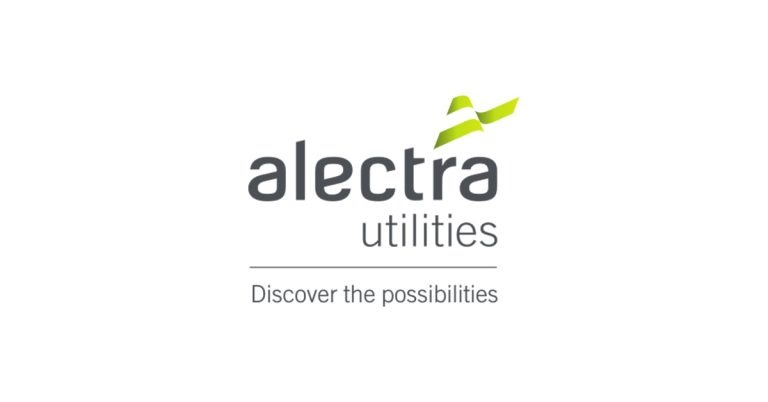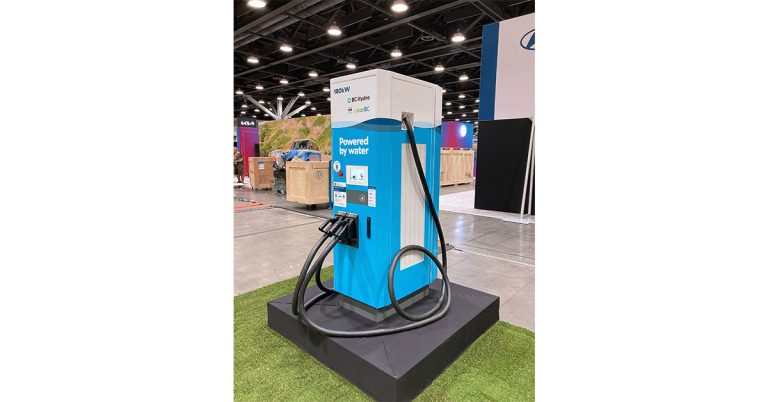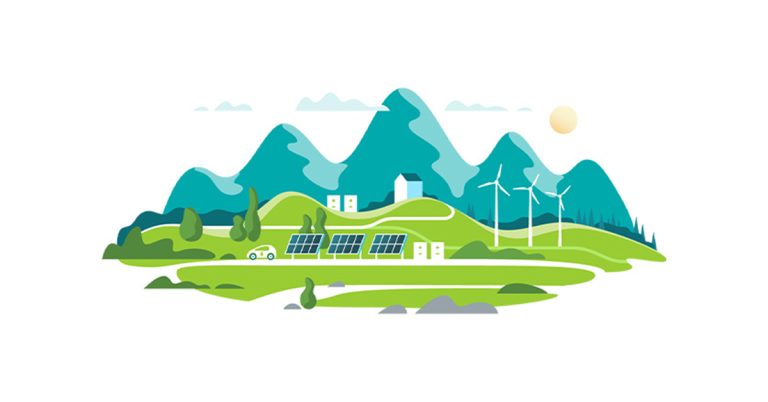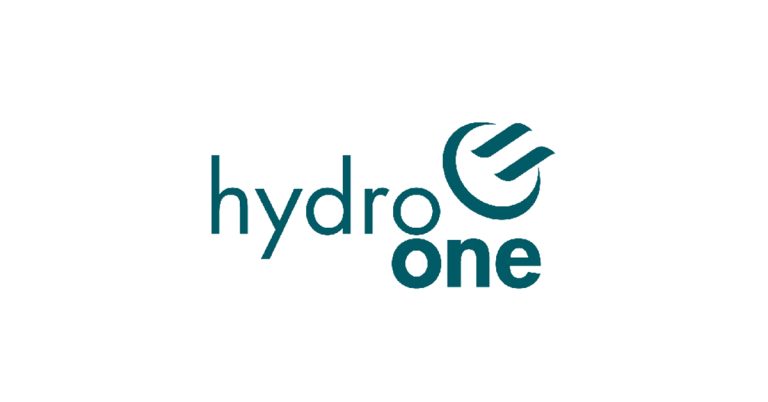FortisBC Reaches Another Milestone with 50,000 Electric Vehicle Charges at its Stations

June 10, 2024
FortisBC Inc.’s (FortisBC) network of public electric vehicle (EV) charging stations has achieved another milestone surpassing a total of 50,000 EV charges. Since opening its first public charging station in 2018, more and more drivers have been using FortisBC’s charging stations each year. In 2023, drivers charged up their vehicles 38 per cent more often than in 2022.
“Our charging stations provide quick, convenient and reliable EV charging,” said Dawn Mehrer, vice president of corporate services and technology. “As an energy solutions provider, we’re continuing to explore innovative ways to improve our EV charging network so that we can meet the growing needs of drivers in this region.”
“Making the switch to an electric vehicle means less pollution, cleaner and healthy communities, and savings on fuel costs. We know that British Columbians want to have confidence they will be able to charge up easily when travelling across the province,” said Josie Osborne, Minister of Energy, Mines and Low Carbon Innovation. “That’s why we are working with FortisBC and other partners to expand B.C.’s public charging infrastructure and build an economy powered by clean, affordable electricity.”
FortisBC owns and operates 42 Direct Charge Fast Charging stations at 22 sites across its electricity service area in B.C.’s Southern Interior. The FortisBC charging network connects more than 1,000 kilometres of highway between the 20 communities hosting FortisBC’s fast chargers.
“As the largest energy provider in the province, we’re committed to providing our customers with the energy they need when and where they need it most, and the reliability of our charging network is supporting government efforts to encourage uptake of EVs and other forms of low-carbon transportation,” added Mehrer.
“FortisBC demonstrated early leadership in the electric vehicle infrastructure space in the Southern Interior, which has led to an accelerated adoption of electric vehicles locally, as well as new opportunities for tourism and economic development in the region,” said Megan Lohmann, deputy executive director of the Community Energy Association (CEA). “CEA applauds this significant milestone reached, and the contribution FortisBC has made providing low carbon solutions for transportation in the region.”
“The Regional District of Kootenay Boundary greatly benefits from FortisBC’s network of fast EV charging stations along the Highway 3 corridor. As our low-carbon fleet project expands, now with 11 electric vehicles in operation, our team can travel across the region sustainably and efficiently without stress. This infrastructure also fully supports our residents, businesses, and tourists in their transition to electric vehicles, paving the way for a cleaner, greener future for all,” said Freya Phillips, senior energy specialist at the Regional District of Kootenay Boundary.
The transportation sector remains responsible for the largest share of greenhouse gas (GHG) emissions in B.C., accounting for 41 per cent1 of provincial GHG emissions. Investing in EV infrastructure and supporting customers who are choosing cleaner options for transportation is a key activity for FortisBC in supporting the province to meet its future goals of reducing emissions.
For more information about FortisBC’s EV charging stations and its ongoing efforts to promote low- and zero-carbon transportation, visit fortisbc.com/EV.
| 1 Pathways for British Columbia to achieve its GHG reduction goals; Guidehouse, 2020, p. 11. |








